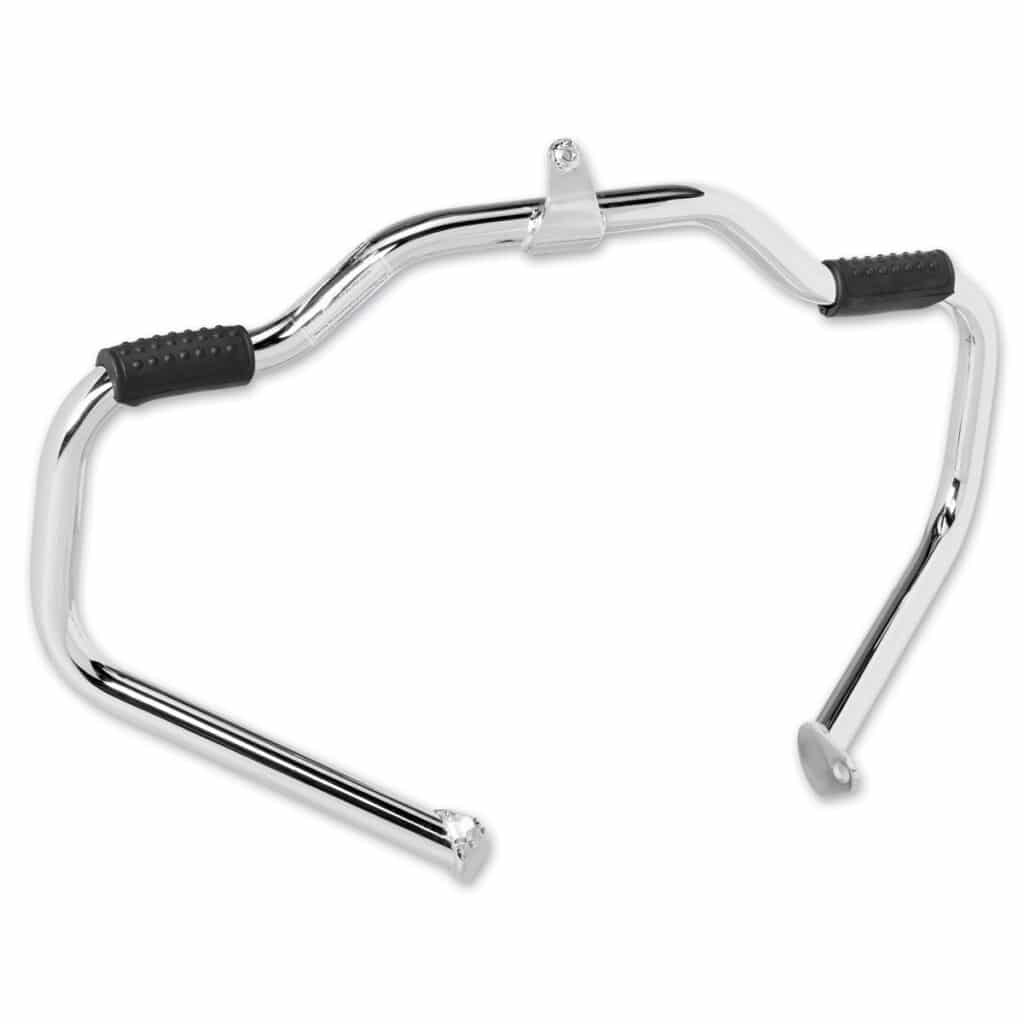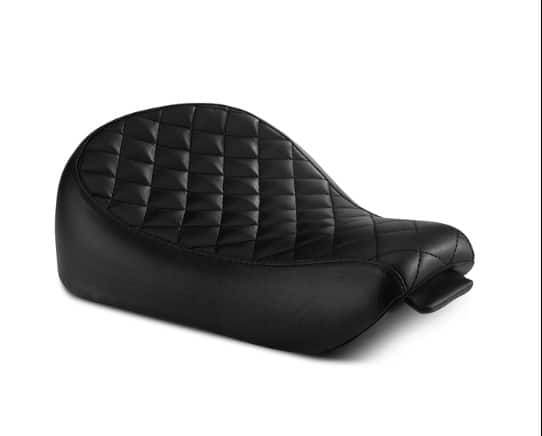Is there any better feeling than new bike day? You put in all the research, spent hours combing through online forums and reviews, and finally took the plunge on a shiny new two-wheeler. For most of us, that first ride is nothing but new-bike-bliss, but after the magic wears off, the hunt for upgrades inevitably follows. The most important upgrades for a new motorcycle vary widely depending on the model, but some are simply more important than others.
With that being said, we’ve put countless thousands of
miles on more bikes than we care to remember,
and a few specific upgrades stand out in terms of urgency and importance
for new machines. Some are absolute “must-haves” while others are better suited
to that ever-growing “wish list” we all keep in the back of our minds. In the
article below, we’ll list what we’ve found to be the highest priority upgrades
for just about any make and model. Some of these are no-brainers, while others
are incredibly impactful but often go overlooked

Tires
We don’t care what you ride or how you ride it, for 99.99% of riders, one of the most important upgrades for a new motorcycle is always going to be better tires.
Now, in all fairness, tires aren’t necessarily the kind of thing you need to buy immediately (by all means, get your money’s worth out of those OEM donuts), especially if you’re more the low-speed/fair weather cruising type. If you ride aggressively or on mixed terrain, however, you shouldn’t put off upgrading your stock rubber.
That’s because while most folks focus on tires as a way to improve cornering grip and acceleration, they’re actually as much a safety feature as they are a performance upgrade. Getting the right tire on your bike can certainly improve handling and traction, but they also improve your braking distance and grip in high-risk situations like wet weather riding and emergency stops.

Suspension
When most riders think of suspension upgrades, two thoughts come to mind: First, motorcycle suspension is complicated, and they don’t want to mess with it. Second, suspension upgrades are expensive, and they don’t want to pay for it.
Both are valid concerns, but we still believe from both a performance and safety standpoint (not to mention comfort) that spending money on your motorcycle’s suspension is worth every penny. The way we see it, there are two ways to go about upgrading your suspension.
The first is to have both your forks and shock upgraded and rebuilt by a suspension shop. A good suspension tech knows exactly how to rework your stock suspenders to suit both your weight and riding style, and letting these pros do their job will completely transform the way your bike rides.
Unfortunately professional suspension upgrades can be costly, and between parts and labor it’s easy to spend several thousand dollars getting your bike dialed in. That’s why for the DIY crowd out there, a popular second option is simply swapping out your OEM springs for aftermarket bits designed for your particular weight. Getting the correct spring rate for both forks and shocks makes a huge impact on your motorcycle’s handling, and should only set you back a few hundred bucks (especially if you’re comfortable installing them yourself).

Protection
You know the old adage: There are two types of riders, those who have crashed and those who will crash. Ride for long enough, and you’ll experience a wreck of some kind, which is why we always advise installing some degree of crash protection on a new motorcycle.
For the sport and street crowd, crash protection can be as simple as adding frame sliders in all the usual places, typically at the forward engine mounting bolt, the front fork, and the rear swingarm. Bodywork is expensive, and sliders are cheap.
For the dual sport and adventure/touring crowd, on the other hand, the sky is the limit. Engine guards are a great idea for adventure bikes, as are beefed-up skid plates and functional handguards. Engine guards are also a popular option for cruiser bikes, and make for a comfortable place to rest your feet on long trips. Again, even minor crash damage can be expensive to repair. Protection like this is just cheap insurance.
An aftermarket seat may not be the flashiest upgrade out there, but if you’re using your bike for anything more substantial than occasional bar hopping, this one shouldn’t be overlooked. Most factory seats are either way too soft or way too hard, both of which are a sure-fire recipe for the dreaded “monkey butt” we riders fear.
Brands like Seat Concepts, Sergeant, and Corbin all sell relatively affordable aftermarket seat options that are essentially plug-and-play for any bike. Whether you opt to add extra creature comforts like heated inserts or premium leather is up to you, but even the most affordable options out there will completely change the feel of your bike.

Brakes
Though they’re often overlooked (or downright neglected), your motorcycle’s brakes are what keep you off the pavement and on the seat where you belong. Unfortunately, the braking performance on many new motorcycles has ample room to improve, but lucky for you the fix is simple: Upgrade your brake pads.
Factory brake pads often use semi-metallic compounds because they create less dust (and less noise) than more performance focused compounds. By upgrading you OEM brake pads to a set of sintered pads from a reliable brand (EBC, Galfer, etc.) you’ll get better bite and increased stopping power, and you’ll also get more mileage out of the pads themselves.
Final Thoughts: No We Didn't Forget About Horse Power

It’s always intrigued us how often new motorcycle owners start upgrading their bikes with the least important parts. Ask 10 new riders what upgrade is first on their to-do list and nine of them will tell you the same thing: A shiny new exhaust.
Look: We love the sound of a quality aftermarket pipe as much as the next rider, and the look, sound, and feel of a quality exhaust system from folks like Akrapovic, Arrow, and Termignoni often feel like they’re worth every penny. Personally, we’ve found that power mods like exhaust systems, fuel tuners, and air cleaners are better suited to the “wish list” rather than the priority list for experienced riders.
With that being said, for many of us these items still fall somewhere on our ever-growing list of upgrades, and we don’t intend to leave them out entirely. If you want to know how to add even more comfort, performance, (and yes, power) to your new bike, stay tuned for our guide on “stage 2” upgrades.


